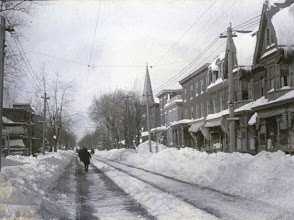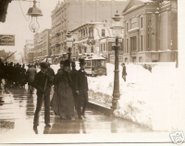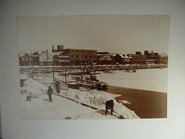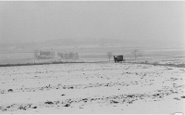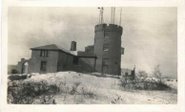D/Aleo Update - Winter Outlook '08 / '09
"In a telephone interview yesterday from his New Hampshire home, Mr. D’Aleo said he is confident the rest of this month and December will be cold and potentially snowy. He said ice coverage in the Arctic has rebounded quickly and snow cover in that part of the world is at its usual depth for this time of year. He said that is important for this area, because air masses from the polar region head south toward Central Massachusetts in December.Ice coverage...
"“I suspect many of us will see snow on the ground before Thanksgiving,” he said.
"Mr. D’Aleo, however, also noted that he is less confident now than he was three weeks ago about a warm-up in January and February."

Latest monthly Nino3.4 outlook from CFS...
































